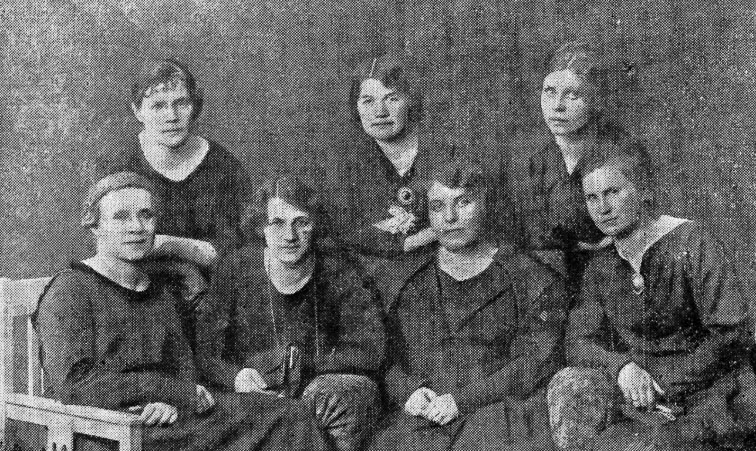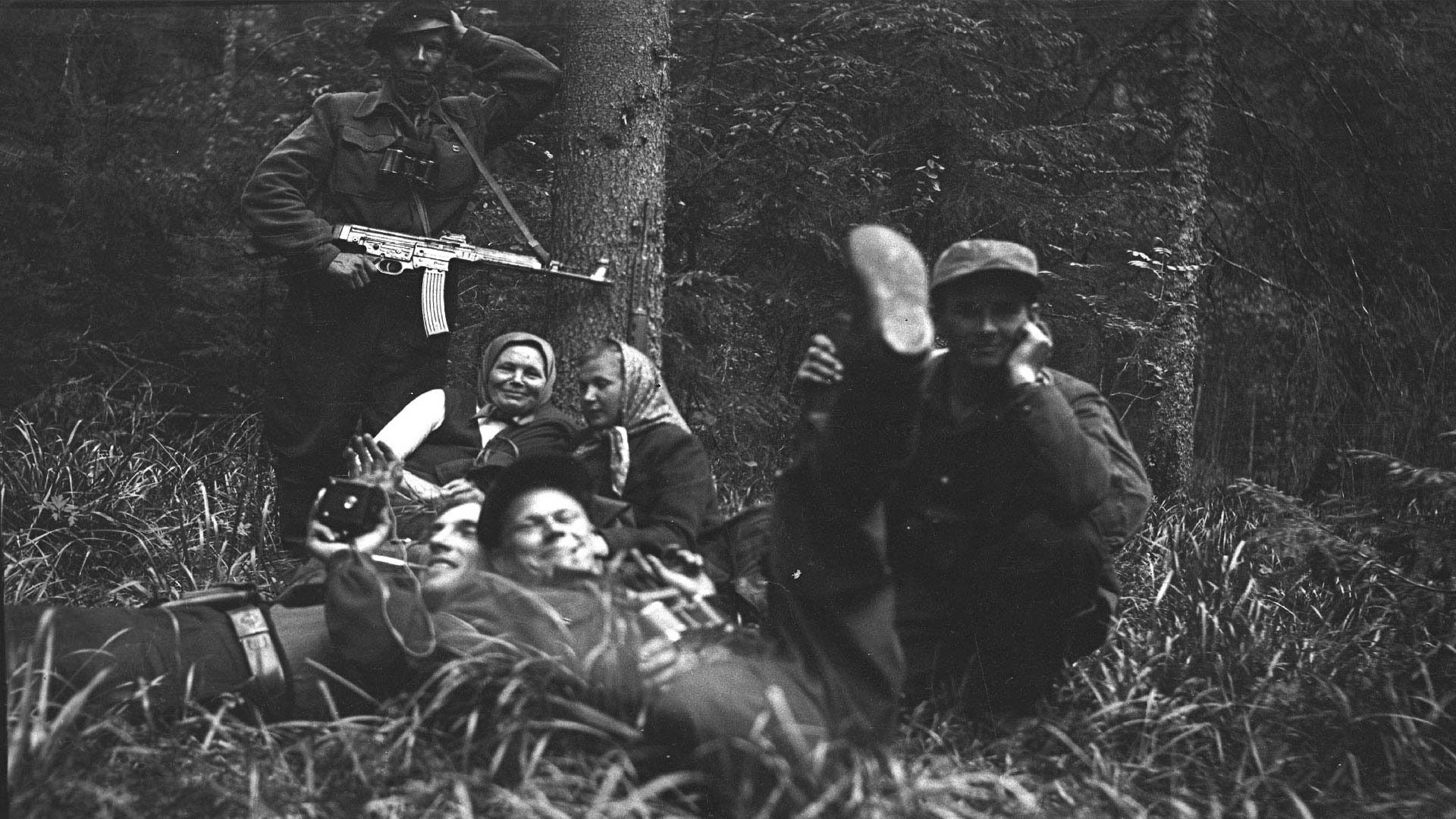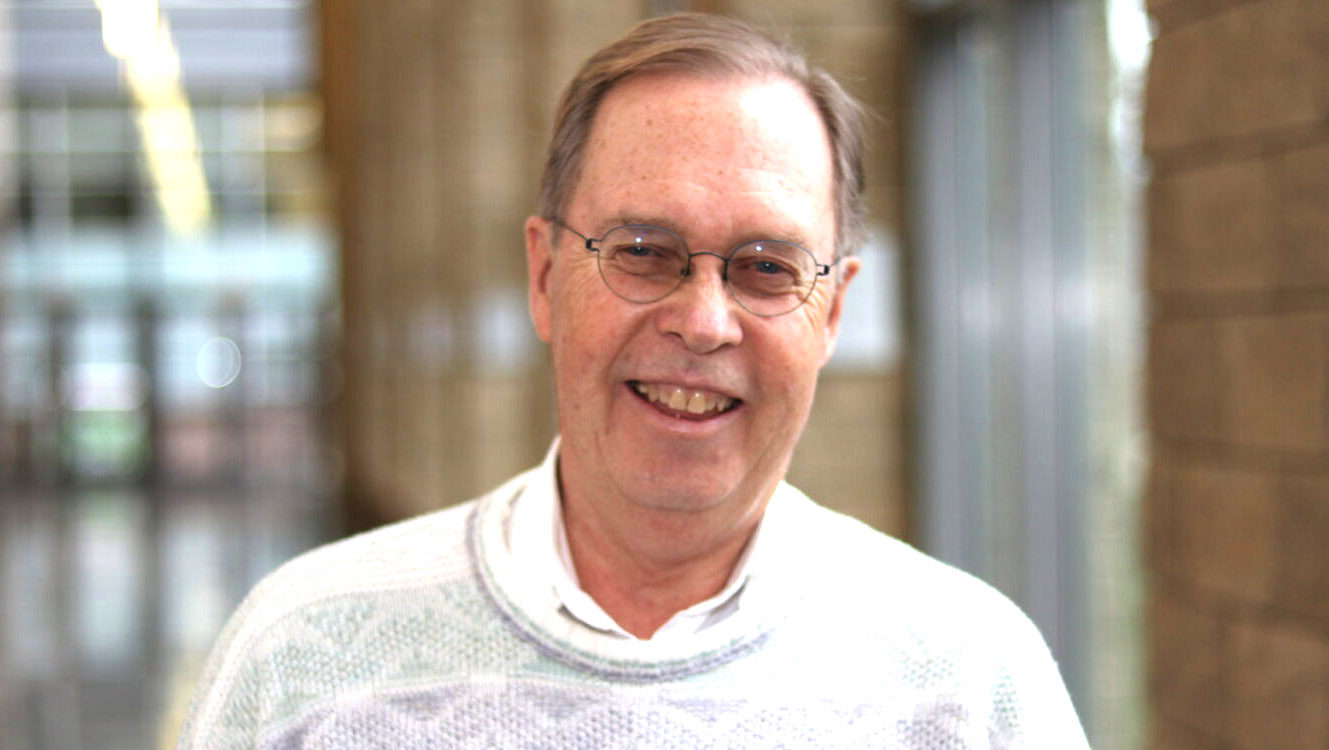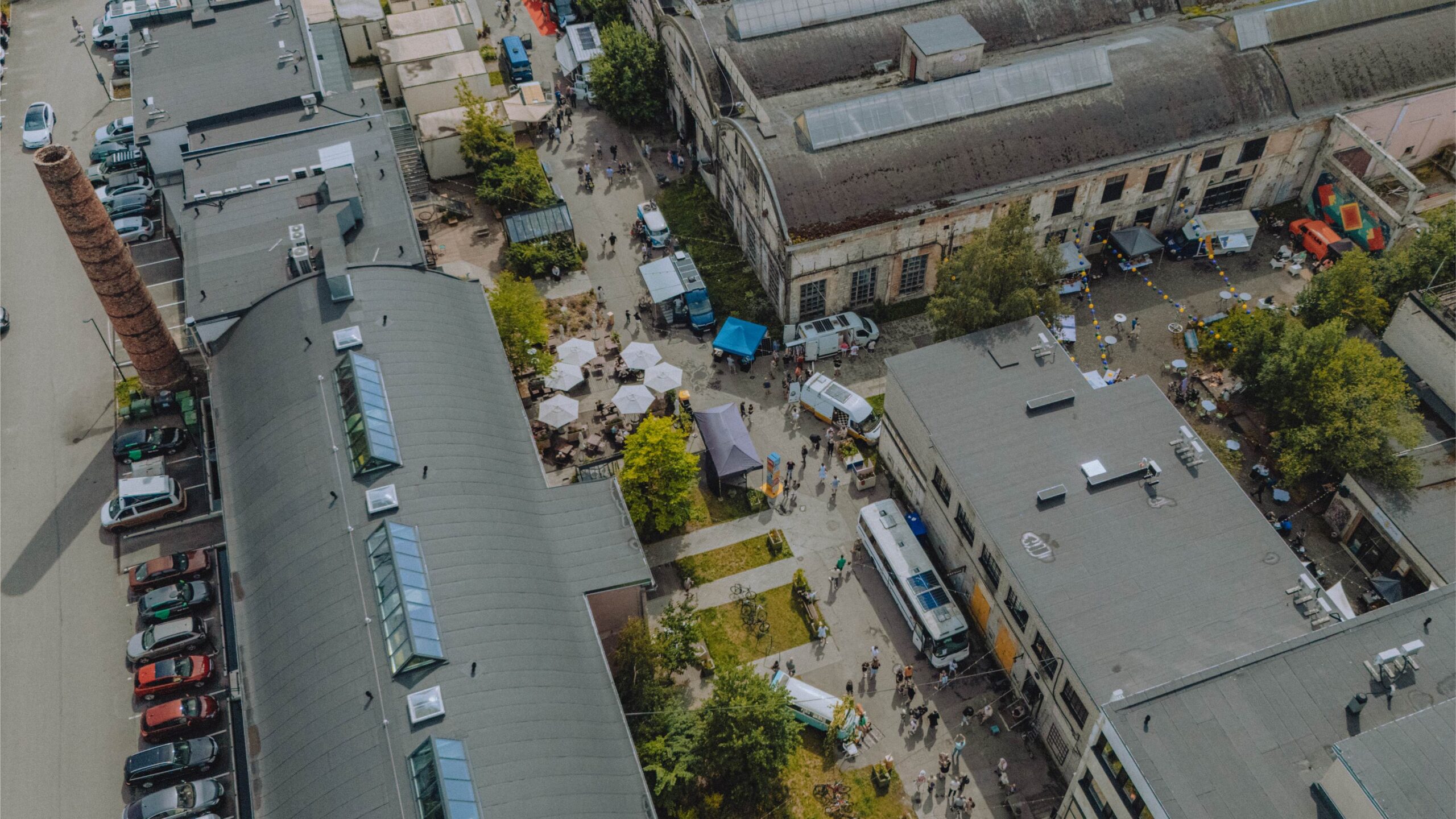Today, innovation is much more than a buzzword. It has become a business, organizational and community priority. A key part of innovation is adapting to change. And a key enabler of adaptation is the process of coping. In these unprecedented times, nearly everyone is coping with some changes, as part of an adaptation process.
How might we make this process of adaptation easier – for our families, friends, colleagues, and communities? Innovation theory has some relevant insights to offer. Profound insights often come from unexpected places. In 1972, Aaron Antonovsky – then a health researcher and professor of medical sociology – started exploring the phenomenon of coping.
While exploring this topic, he became curious that an inexplicably significant portion of women he interviewed in his research – who were all Holocaust survivors – did not exhibit any significant signs of debilitating psychological trauma. In fact, nearly one-third of these women had positive psychological health.
Antonovsky was understandably puzzled by this. How could this be possible? After all, these women had witnessed unimaginable horrors, and barely survived themselves. And yet, they were psychologically as sound and healthy as any of us.
To explore this further, Antonovsky focused his research towards understanding how people can cope effectively in times of challenge, turmoil, and uncertainty. His resulting books, “Health, Stress and Coping” (1979), and “Unraveling the Mysteries of Health” (1987), outlined some remarkable findings.
Antonovsky discovered that “specific personal dispositions serve to make individuals more resilient to the stressors they encounter in daily life”. He posited that health is more like a continuum. On one end was “health-ease” – and on the other “dis-ease”. Well-being could be supported with specific actions – a process he called “salutogenesis”, or creation of health. What led one closer to the health portion of this spectrum was a phenomenon he termed as “sense of coherence”.
And what specifically enabled people to cope with even the most difficult circumstances, he argued, were only three key criteria.
The first one was identified as an ability to create a ‘mental map', describing how one might make it through a challenging situation. This map needed to include the key ‘waypoints' and resting stops along the way.
The second criterion was that one should have an understanding of the resources that are available to them. These resources could be big or small – as long as one understood that they were enough to help them keep going.
And the third criterion was that the journey itself was experienced as meaningful. However difficult a challenge, if it could somehow be understood as having personal meaning, then the journey through the unknown could also be withstood.
In this way, Antonovsky described one of the most profound enablers of personal, organizational and community coping.
Estonians throughout history have mastered coping and adaptation strategies themselves. Estonian women continue to employ them today, in their own leadership practices.
Estonian women gained the de facto right to vote and stand in elections when Estonia gained independence in 1918. Estonian women were instrumental to creating this environment and in crafting the Constitution, to include women as equally as they could when it was adopted in 1920. Women consisted of 8.8 percent of parliamentary representatives in the sixth and final parliament, prior to the 1940 Soviet occupation. This representation was amended by the quotas put in place by the “Supreme Soviet” legislative body. Women held up to one third of the body’s seats, but had real decision-making power taken from them. Back to square one, they fought for democracy in new ways.
Considering the social context of the time, women often coped in adversity by helping their loved ones stay alive. For example, the metsavennad (Forest Brothers), who fought against occupying Nazi and Soviet forces during and after the Second World War, were supported by their loved ones. Just as Ilse Saaliste lived with her husband Artur, a Forest Brother, in the wilderness, driven by a belief in freedom. In Estonia's history, women were usually not in the spotlight, but persevered nonetheless.
Perhaps the struggle for democracy and freedom was supported by mentally imagining how they would eventually make it through. Maybe it was supported by an understanding of available resources. In the midst of adversity, it seems difficult to view struggles as a meaningful journey, but maybe that is what helped Estonians persevere.
The very sharp contrast between that era and the social change that Estonian women work for today exemplifies how coping as a strategy to thrive adapts. Our challenges change. Our strategies change, as well. But the spirit endures.
In our next installment of this collaborative series, we will talk with Kia Puhm, the founder of DesiredPath and a leading professional in the field of software Customer Success. We’ll learn about her experiences in the IT sector, and how she has used coping as a strategy to thrive in business.
Written by Vincent Teetsov




